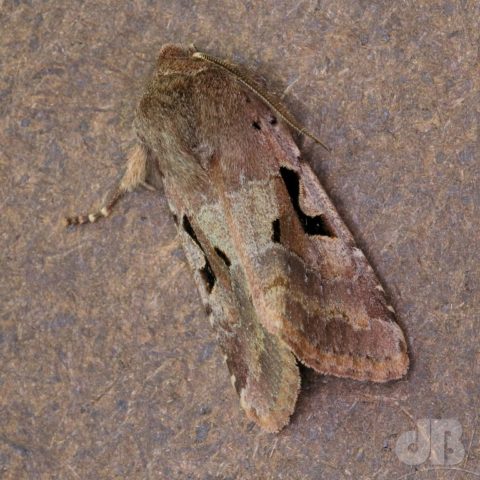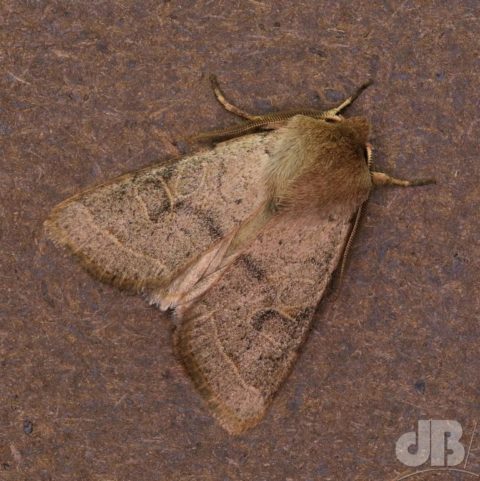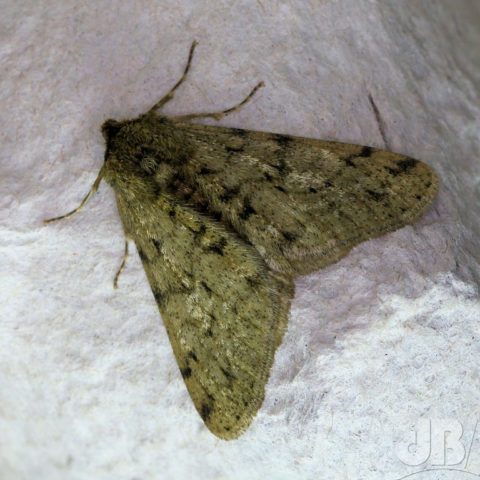Steve on one of the mothing Facebook groups told us he gave a talk about moths and was asked if we had any use for them. Other than making silk from silk worms (the larvae, or caterpillars, of the domestic silkmoth, Bombyx morihe) was at a loss to suggest any purpose to moths other than their role in the wider concept of life on earth and diversity and all that. He posed the question on the group and was offered quite a few reasons to be cheerful when it comes to moths.

Shaun suggested that people have an odd relationship with moths as they are used as symbols and in myths in a variety of cultures, as food – some people eat the larvae and they’re an important protein source packed with essential minerals, they can be used as invasive plant controls and for the study of genetics etc. As decoration in jewellery, clothing, tattooing etc. Paul pointed out the traditional food of Aboriginal Australia, the witchetty grub, which is the larva of several moths, most notably the Cossid Moth Endoxyla leucomochla. There are a food source in Europe too and a form of tea that is brewed with moth and other insect faeces in China.
Martin’s take was that we make use of moths for interest, study, research, and in hobbies. They “brighten our lives,” he says. They also act as a gateway into other activities and interests, such as flowers, trees, walking, travel, and friendship.

Antony pointed out that pollination is probably the main use.
Matthew, somewhat tongue-in-cheek asked what do we use blue tits for? Or shrews? It’s not all about utility!
Roly asserted that moths have an important position in nature’s foodchain. Many birds wouldn’t exist without caterpillars for their chicks. He also added ever so slightly flippantly, I think, that his wife reckons she finds moths very handy for making her clothes look moth-eaten, proof that she needs continually to shop, though I’ve never seen a clothes moth in our closets, Roly emphasises.

Stewart had a research example of moth usage: Spodoptera frugiperda and Trichoplusia ni cell lines are used in the recombinant baculovirus expression system to produce proteins. The baculovirus most studied for this is Autographa californica multicapsid nucleopolyhedrovirus.